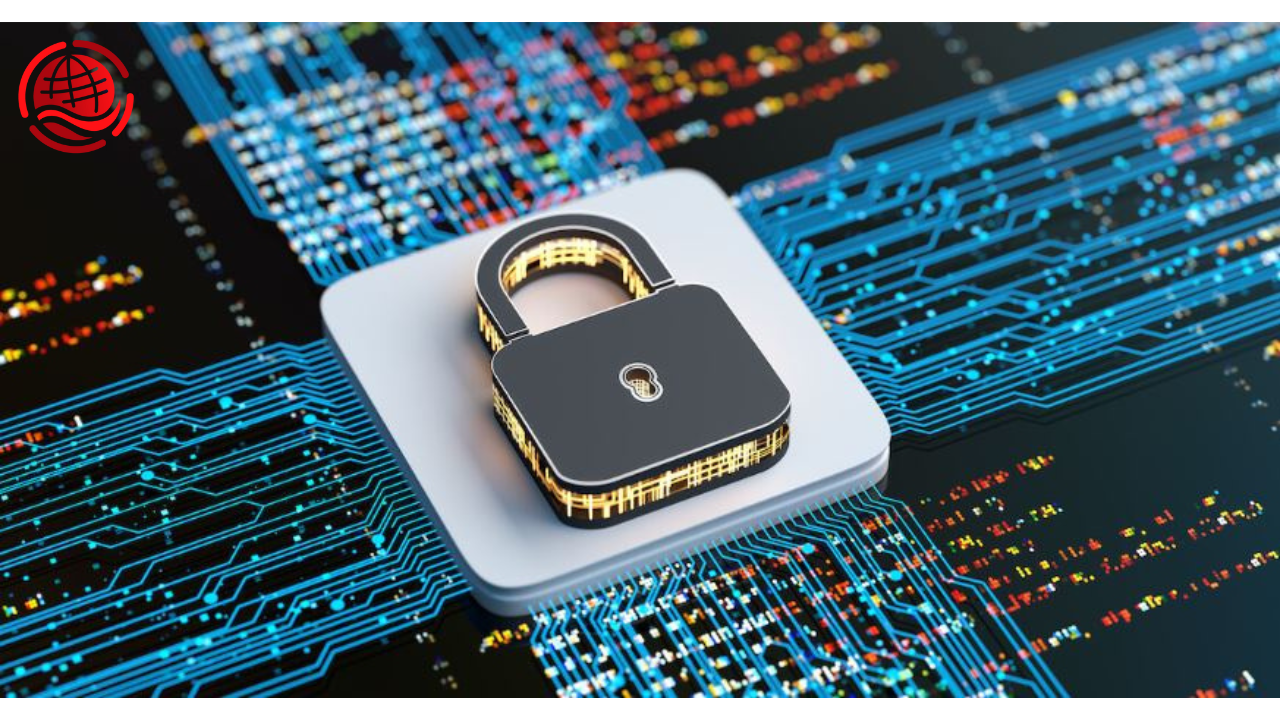1. Homomorphic Encryption
Homomorphic encryption represents a revolutionary approach to data security by allowing computations on encrypted data without decryption. This means that sensitive information can be processed and analyzed encrypted, reducing the risk of exposure. This is particularly beneficial when data privacy, such as healthcare or financial services, is paramount. Homomorphic encryption has traditionally been computationally intensive, but ongoing research aims to improve its efficiency. As the technology matures, it is likely to find broader adoption in various industries.
2. End-to-End Encryption
End-to-end encryption (E2EE) ensures that data is encrypted from the sender’s end and can only be decrypted by the intended recipient. This type of encryption prevents intermediaries, including service providers, from accessing the content of the communication. E2EE is commonly used in messaging apps and email services, providing users with high privacy and security.
3. Zero-Knowledge Proof
Zero-knowledge proofs allow one party to prove to another that they possess certain information without revealing it. This concept has been applied in cryptographic protocols to enhance privacy and security. In data encryption, zero-knowledge proofs enable parties to authenticate each other without exchanging sensitive information. Blockchain technology commonly incorporates zero-knowledge proofs to establish trust, decentralization, and transparency. As organizations seek more secure ways to authenticate users and share information, zero-knowledge proofs are gaining traction in various applications.
4. Tokenization
Tokenization involves replacing sensitive data with a unique identifier, or “token,” with no intrinsic value or meaning. The data is stored in a secure token vault, and only the token is used in transactions or processes. This protects sensitive information from unauthorized access and simplifies compliance with data protection regulations.
5. Multi-Party Computation
Multi-party computation (MPC) is a cryptographic technique that enables multiple parties to jointly compute a function over their inputs while keeping those inputs private. This allows organizations to collaborate on data analysis without sharing sensitive information directly. MPC is particularly relevant in scenarios where data collaboration is essential, but maintaining strict privacy controls is crucial.
6. Quantum Key Distribution
In response to the potential threat of quantum computers, quantum key distribution (QKD) has emerged as a groundbreaking solution for securing communication channels. QKD leverages the principles of quantum mechanics to create an unbreakable key exchange between two parties. Any attempt to intercept the quantum keys would disrupt the quantum state, alerting the parties to the intrusion. While practical implementations of QKD are still in the early stages and face challenges such as distance limitations, the concept holds promise for establishing ultra-secure communication channels resistant to quantum attacks.
7. Post-Quantum Cryptography
In addition to post-quantum encryption algorithms, post-quantum cryptography encompasses a broader range of cryptographic techniques designed to withstand the capabilities of quantum computers. This includes hash functions, digital signatures, and other cryptographic primitives. The National Institute of Standards and Technology (NIST) has been actively soliciting and evaluating post-quantum cryptographic algorithms to establish new standards that can withstand quantum threats.
8. Self-Defending Data
Self-defending data is an innovative approach that embeds security mechanisms directly into the data itself. This means that the data carries its protection, and access is controlled regardless of where the data resides. Organizations can maintain control over sensitive information by integrating encryption, access controls, and even self-destruction features into the data, even if it falls into unauthorized hands. Self-defending data technologies are evolving to provide dynamic and context-aware protection, adapting to various usage scenarios.
Conclusion
In an increasingly interconnected world, the importance of data encryption cannot be overstated. As cyber threats evolve, so must the encryption solutions that safeguard sensitive information. From homomorphic encryption to zero-knowledge proofs, the cutting-edge technologies discussed in this article highlight the ongoing efforts to stay one step ahead of potential adversaries. Effective encryption is not a one-size-fits-all solution; it requires a thoughtful and comprehensive approach encompassing key management, encryption algorithms, and staying abreast of emerging threats. Visit Appsealing for the best deals.



